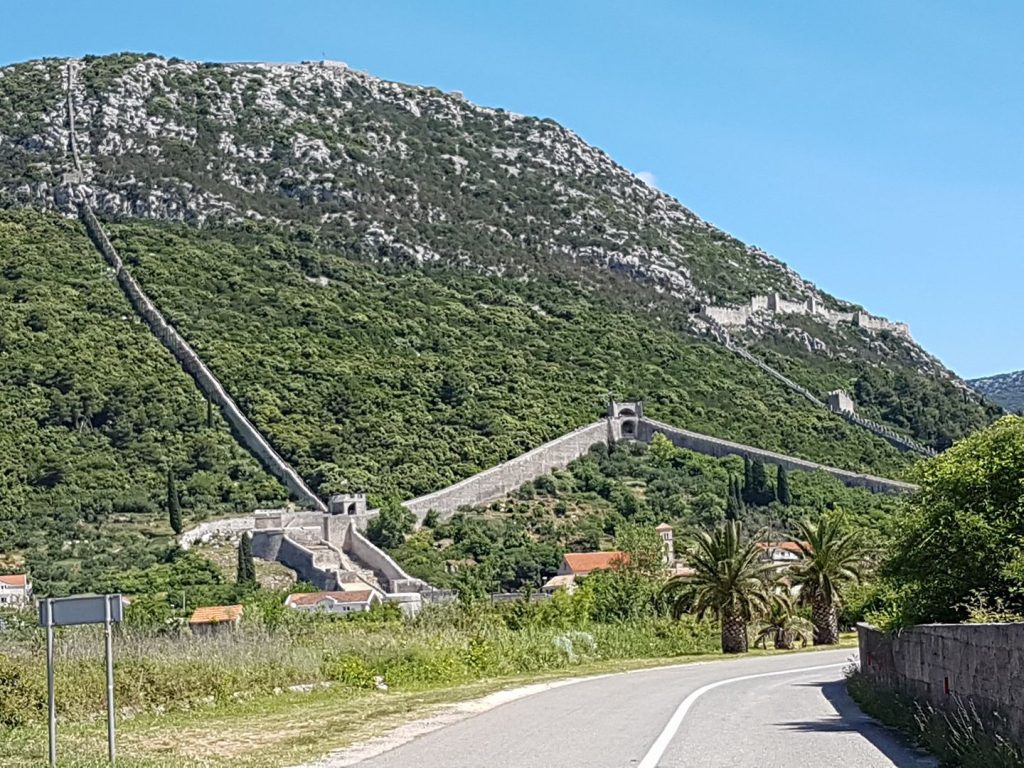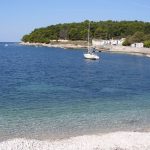October 2, 2018 – Croatia’s Adriatic coast has many hidden gems, but for oyster lovers, there is only one address – Mali Ston.
If it wasn’t for the oysters, I wonder how many people would have even heard of Mali Ston.
Certainly, for this foreigner, I have always been a little confused about what actually happens at the base of the Peljesac Peninsula. Those impressive stone walls (are they REALLY the longest fortified walls outside China?!?), built to protect the lucrative salt trade, whose pans you cannot easily see from the road, but which once contributed a third of the annual budget for the Dubrovnik Republic. One of the oyster capitals of Europe, they say, and I remember stopping at a restaurant out of curiosity about ten years ago to find out what the fuss was all about. I emerged some time later, having enjoyed a comprehensive 5-course oyster special – I never knew the humble oyster could be so versatile.
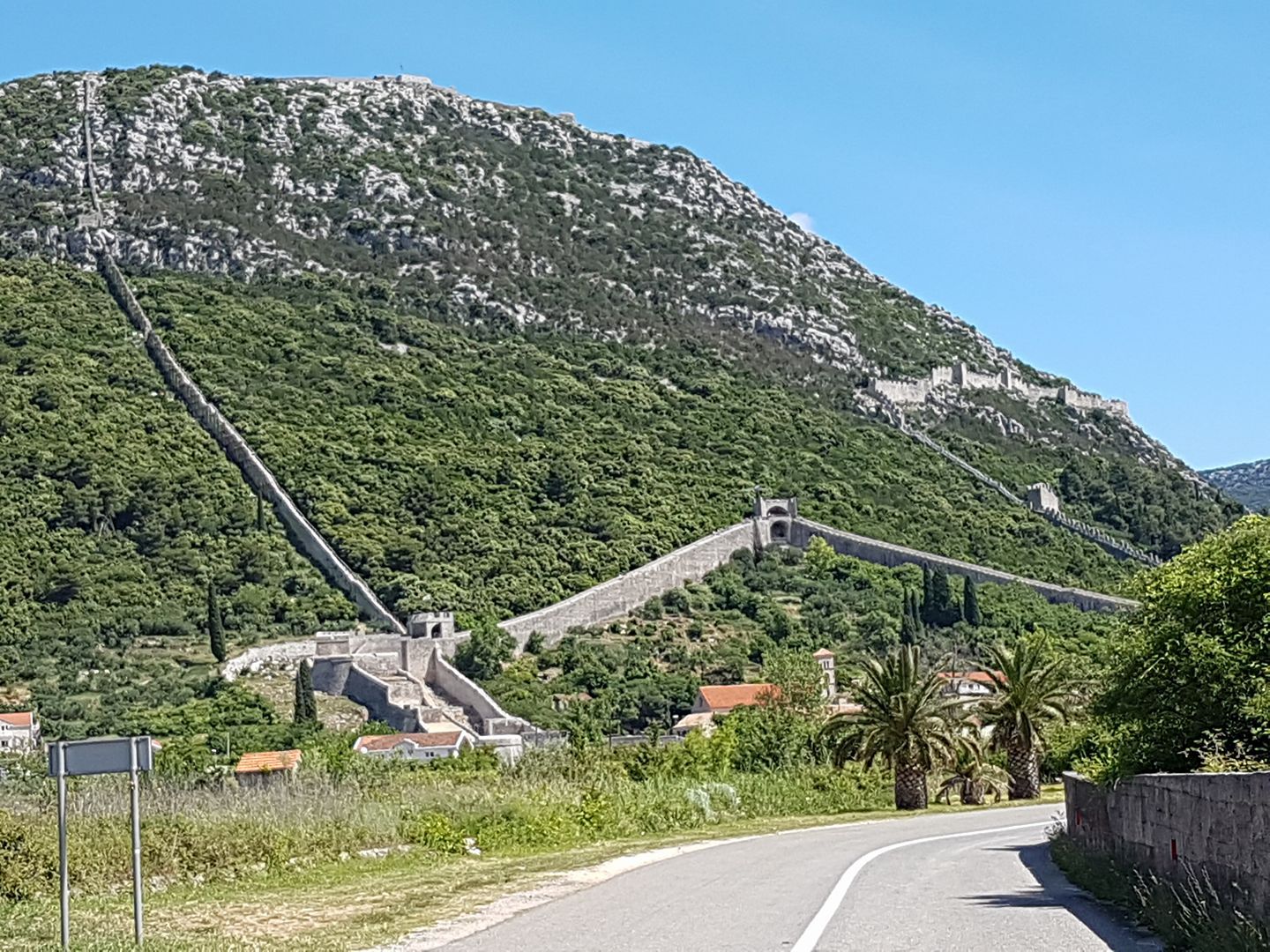
But was that restaurant in Ston or Mali Ston? As the years went by and I was supposed to be something of an expert on Croatian tourism, my muddled understanding of the Ston question played on my mind a little more, and so one day this summer, en route to Korcula, I decided to investigate a little further, as well as check out the famous home of oysters, the restaurant Bote Sare in Mali Ston. Mali means ‘small’ in Croatian, and so I assumed – rightly as it turned out – that Mali Ston would be a smaller version of Ston itself.
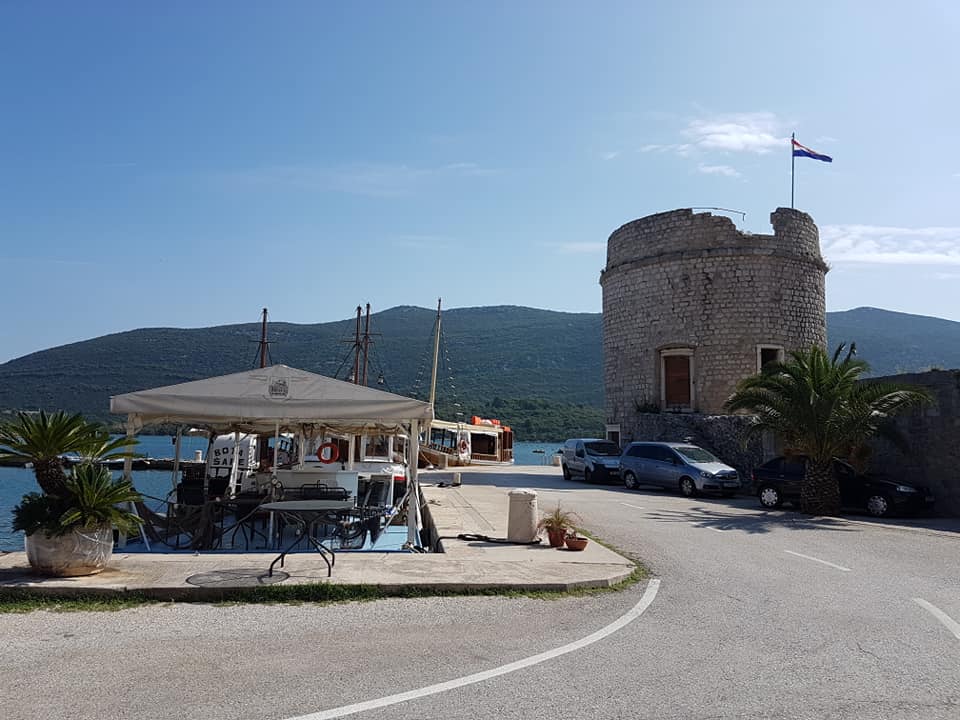
Turning off the main Split – Dubrovnik road, it would have been easy to miss Mali Ston. The main road went through Ston and then along the Napoleonic road the length of the Peljesac Peninsula, a road which will be partially supplanted by the new connecting road once the Peljesac bridge is finally built. Had I not known what I was looking for, I might well have completely missed Mali Ston, as I suspect many do – oysters are advertised heavily in other restaurants nearby. Instead, I turned right and followed the narrow coastal road around a corner and into… paradise!
As gorgeous a bay as I have seen in Croatia. As luck would have it, the first building in the bay was the legendary Bota Sare, and it was not long before I was introduced to the owners than we were talking oysters. Indeed, less than 15 minutes later, we were out at sea, going out to visit the Bota Sare floating bar/oyster farm, complete with expert guide Tomislav Sare, the second generation Sare running the flagship restaurant – the business has since expanded to locations in Split, Dubrovnik and Zagreb.
So what is it that makes the oysters of Mali Ston so good? Rather than reinvent the wheel, here is what the BBC had to say on the subject, having enjoyed the Tomislav tour before me:
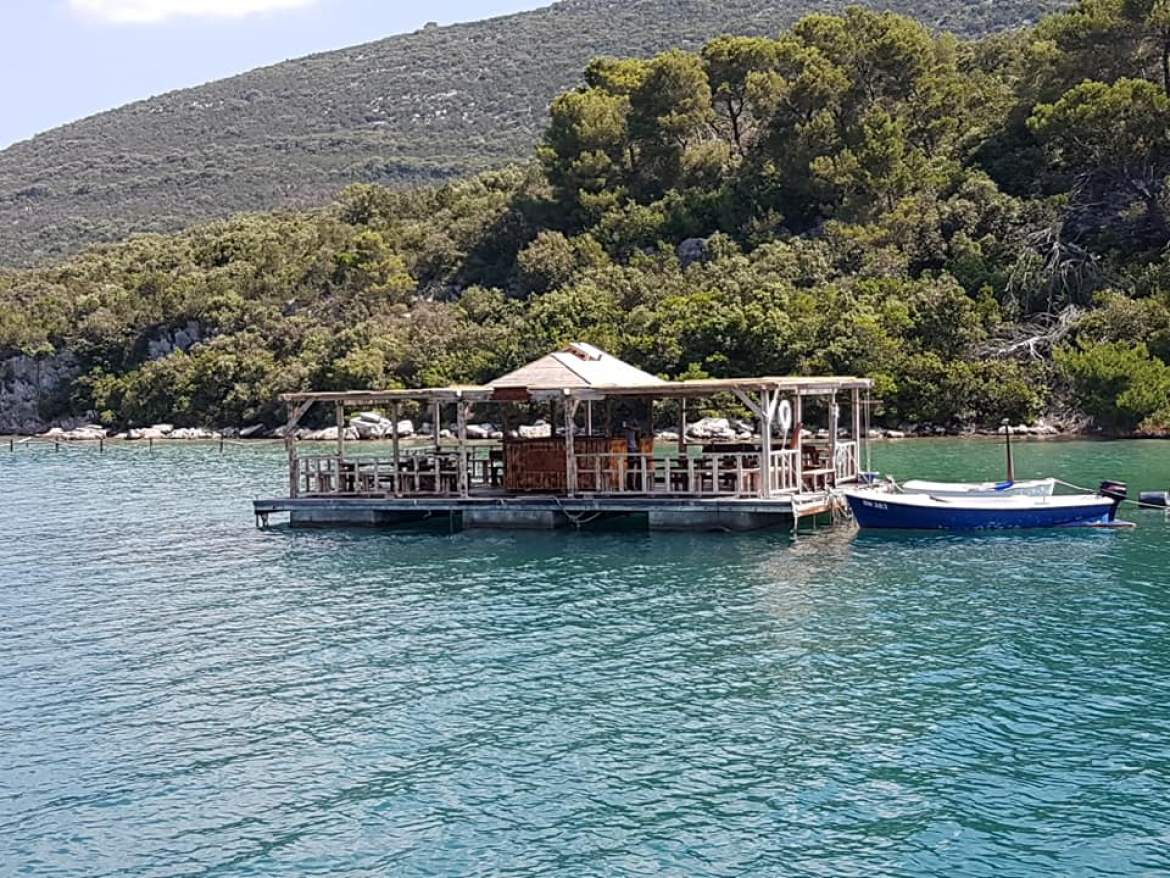
The reason why these oysters – known as Ostrea edulis, or European flat oysters – are so good has to do with the unique and distinctive nutrient blend that naturally occurs in Mali Ston Bay. While the bay is already loaded with salt, the nearby Neretva River discharges fresh, mineral-heavy water from the karst springs that flow into it. Add in a sea floor that is packed with phytoplankton, and you have a natural recipe for some of the planet’s best raw oysters.
It was certainly an impressive setting, the only floating bar in the Adriatic, but Tomislav’s explanation of the whole process was very illuminating (see my embedded Facebook videos) – I had no idea that such a delicacy which slips down the throat rather quickly takes three years to mature, for example.
As for the ancient art of shucking an oyster, it is a very skilled (and dangerous) job, but young Tomislav took to the task with aplomb.
The floating bar was a genius idea from a very innovative family, and several thousand tourists visit each year, a rare chance for them to experience at first hand a Dalmatian culinary tradition which dates back to Roman times.
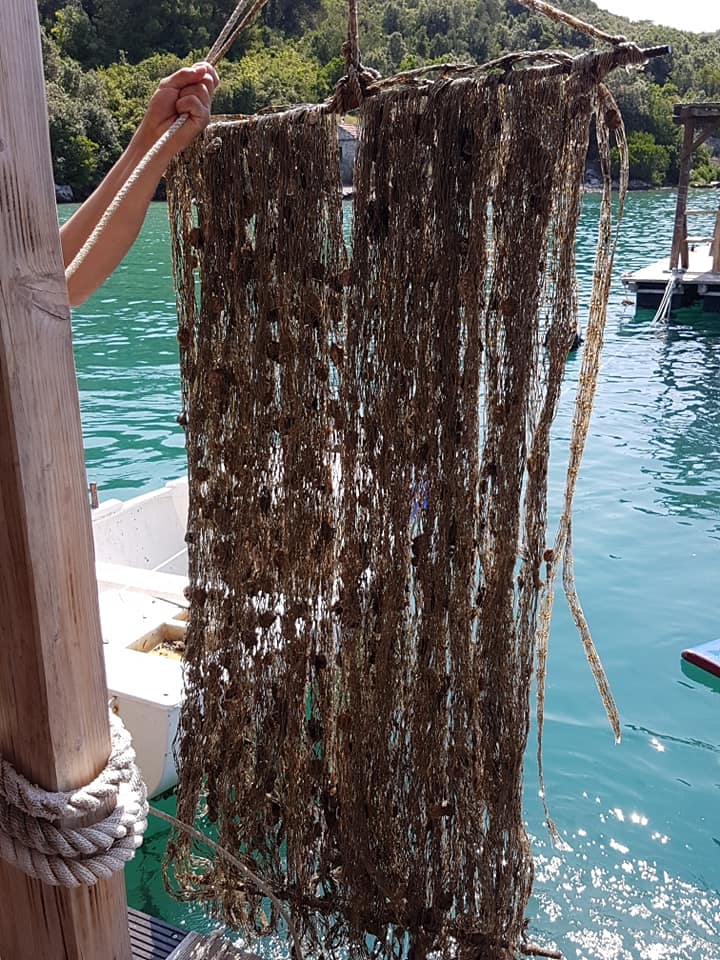
The view from the boat on the way back to the restaurant showed the majesty of those famous walls, and I learned then that they connected (and protected) Mali Ston and Ston.
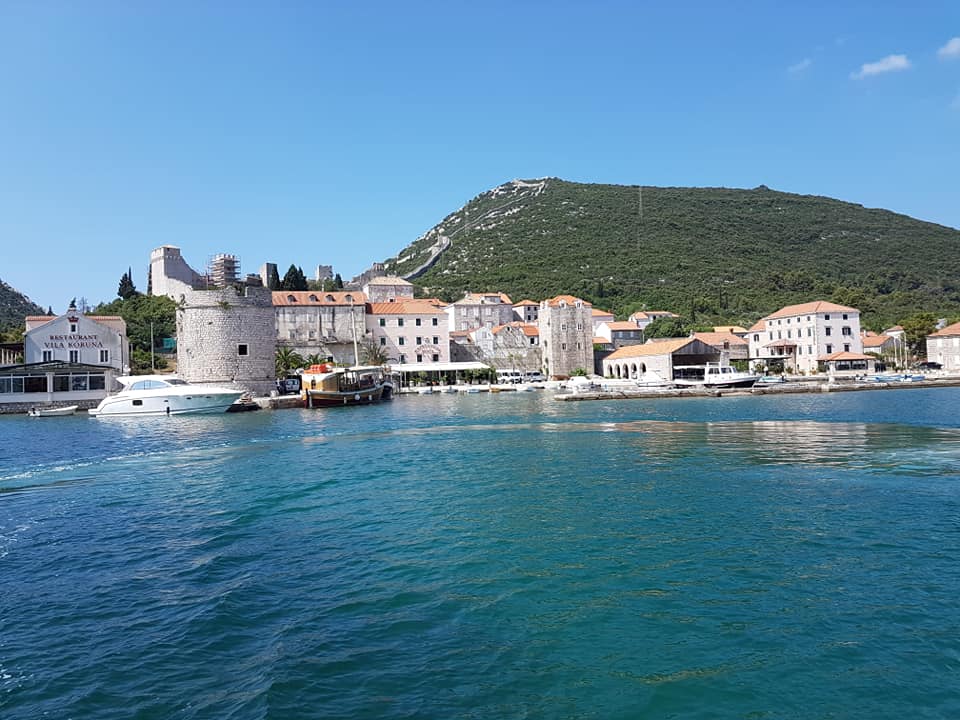
Mali Ston and Bota Sare may be most famous for its oysters, but the seafood is outstanding, and I was not the only blogger or vlogger to have visited. Not an oyster in sight when Davidsbeenhere visited several years ago, but a very nice introduction into how fish is prepared in the traditional Dalmatian way in the video below, with accompanying vegetables from the Bota Sare garden close by.
Oysters or no oysters, the tiny village of Mali Ston is well worth a brief detour next time you are driving from Split to Dubrovnik – and the view from Bote Sare with a plate of oysters is hard to beat. To learn more about the Bota Sare brand, visit the official website.

